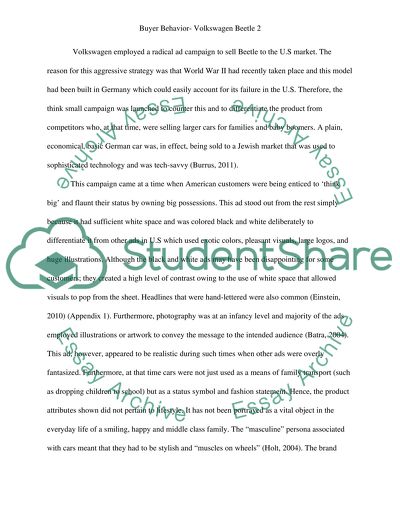Cite this document
(“Buyer Behaviour - Volkswagen Beetle: Think Small Essay”, n.d.)
Buyer Behaviour - Volkswagen Beetle: Think Small Essay. Retrieved from https://studentshare.org/marketing/1479673-buyer-behaviour-volkswagen-beetle-think-small
Buyer Behaviour - Volkswagen Beetle: Think Small Essay. Retrieved from https://studentshare.org/marketing/1479673-buyer-behaviour-volkswagen-beetle-think-small
(Buyer Behaviour - Volkswagen Beetle: Think Small Essay)
Buyer Behaviour - Volkswagen Beetle: Think Small Essay. https://studentshare.org/marketing/1479673-buyer-behaviour-volkswagen-beetle-think-small.
Buyer Behaviour - Volkswagen Beetle: Think Small Essay. https://studentshare.org/marketing/1479673-buyer-behaviour-volkswagen-beetle-think-small.
“Buyer Behaviour - Volkswagen Beetle: Think Small Essay”, n.d. https://studentshare.org/marketing/1479673-buyer-behaviour-volkswagen-beetle-think-small.


